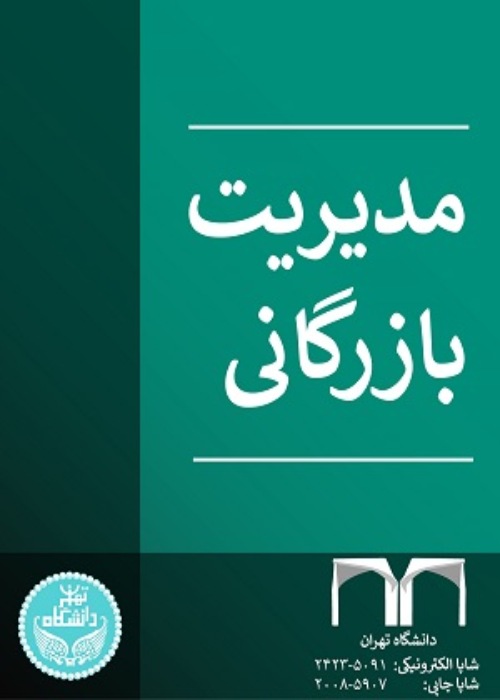Promotional Techniques in Advertisement of Unhealthy Food Product in Children Magazines
Obesity and overweight among children is one of the most important public health issues. The promotion of food and beverage in the media can influence children’s food preferences, consumption, and consequently their health status. Although children magazines are regarded as an informative and trusted source for parents and free from advertising charges, they do use covert marketing techniques to deliver food products within the content. The inclusion of non-branded food products in the content of media programs affects children's attitudes and perceptions. Most studies have analyzed the content of media such as television, and therefore they disregard the role of magazines in highlighting food products. The aim of this study was to increase the awareness and informed participation of the editorial boards of children’s magazines, public health advocates, nutritionists, and the parents about the use of promotional techniques in advertising unhealthy food products in the content of the children’s magazines.
In this study, content analysis method is used with a focus on 5 active children's magazines in Iran over a six-month period. At first, the journals were manually coded by two researchers based on the analysis unit whether each magazine has indicated a reference or display of food options. Accordingly, food options in the magazines were categorized based on the healthiness/unhealthiness and the respective nutritional group. Unhealthy category included nine food groups of chocolate and sweets, snacks, high-sugar ice drinks, fast foods, desserts, high-fat or sweet bread products, high-fat dairy, high-sugar and high-sodium cereals, as well as miscellaneous items. The healthy foods include six groups of carbohydrates, fruits and vegetables, proteins, dairy products, fats, and miscellaneous items. Then, the type of advancement used in the advertisement of unhealthy food products was identified.
The results suggest that Nabat Magazine with 55 cases (38.4%) had the highest rate of advertisement of unhealthy food; but, Dooste koodakan Magazine had the lowest rate with 18 cases (12.5%). In total, 143 unhealthy foods were repeated in these magazines. The unhealthy food products can be ranked as follows: chocolate and sweets (30.7%), desserts (18.8%), high-fat or sweet bread products (13.2%), miscellaneous foods (13.2%), fast foods (8.4%), snacks (7.7%), high-sugar ice drinks (4.2%), high-fat dairy products (3.5%), as well as high-sugar and high-sodium cereals (0 %). The technique of emotional attraction (44.6%) was the most applied technique which was followed by the food attraction technique (28.7%), and the visual elements technique (27%). Pleasant techniques, joy techniques, and play/adventure techniques were the three most implemented techniques among the marketing promotion techniques in children’s magazines.
Based on the effective role of using promotional techniques in the acceptance of unhealthy food products by children and sometimes unintentional use of these techniques in the content of the magazines, the results of this study can be used by health activists, managers of children’s magazines, and the parents in order to prevent the process of obesity among the children. According to the ranking among unhealthy food products, the highest rate belonged to chocolate and sweets with 44 cases. Easy access to these items for children and advertisements in media (magazines) can lead to the acceptance and desire for these products among children. Authors should be aware that sometimes food products are used in order to attract their audience and communicate with them to convey scientific, literary, religious concepts, etc. Eventually, it should be acknowledged that references to unhealthy foods in the form of recipes, pictures, stories, and games in the magazines contain effective messages whose repeated occurrence might lead to an inclination towards unhealthy items by the children
- حق عضویت دریافتی صرف حمایت از نشریات عضو و نگهداری، تکمیل و توسعه مگیران میشود.
- پرداخت حق اشتراک و دانلود مقالات اجازه بازنشر آن در سایر رسانههای چاپی و دیجیتال را به کاربر نمیدهد.


